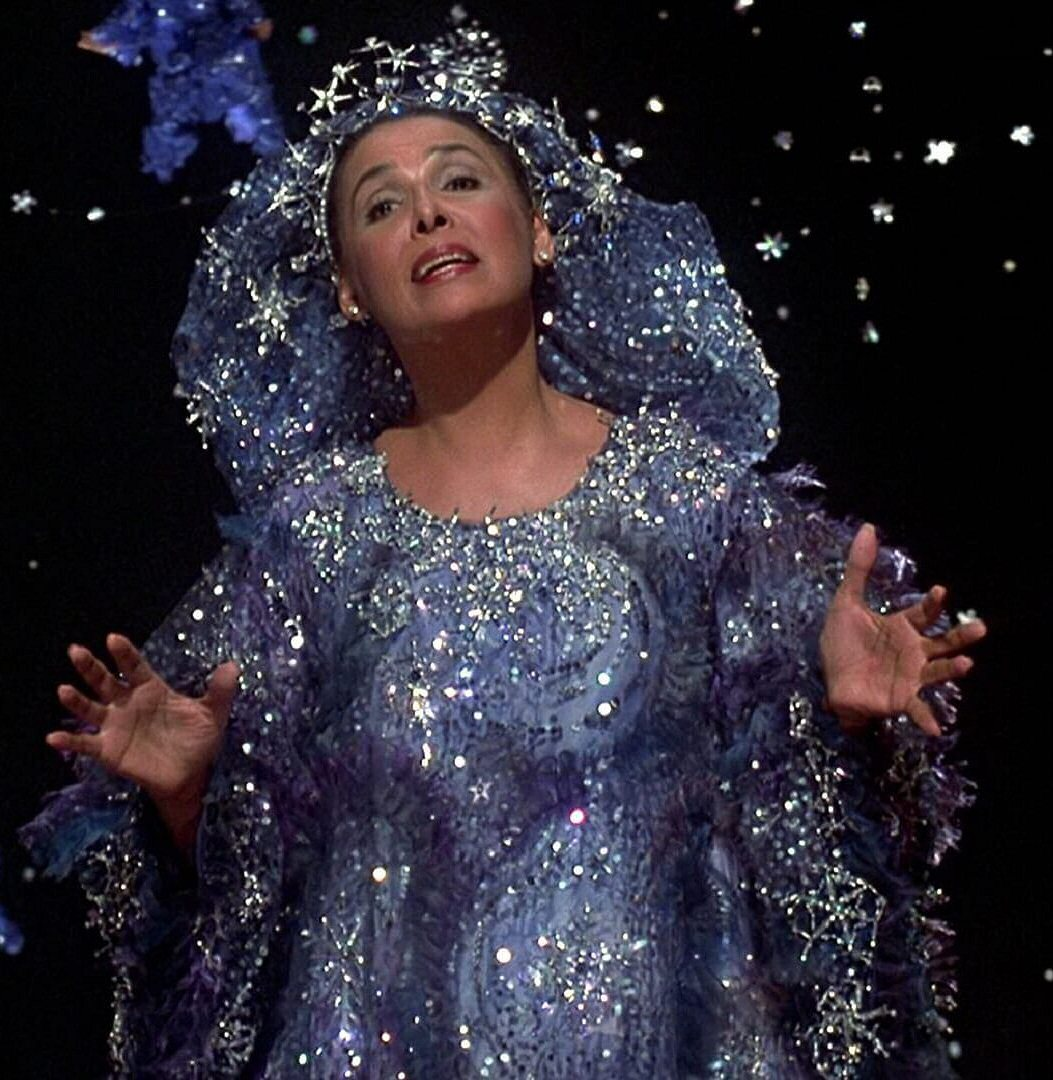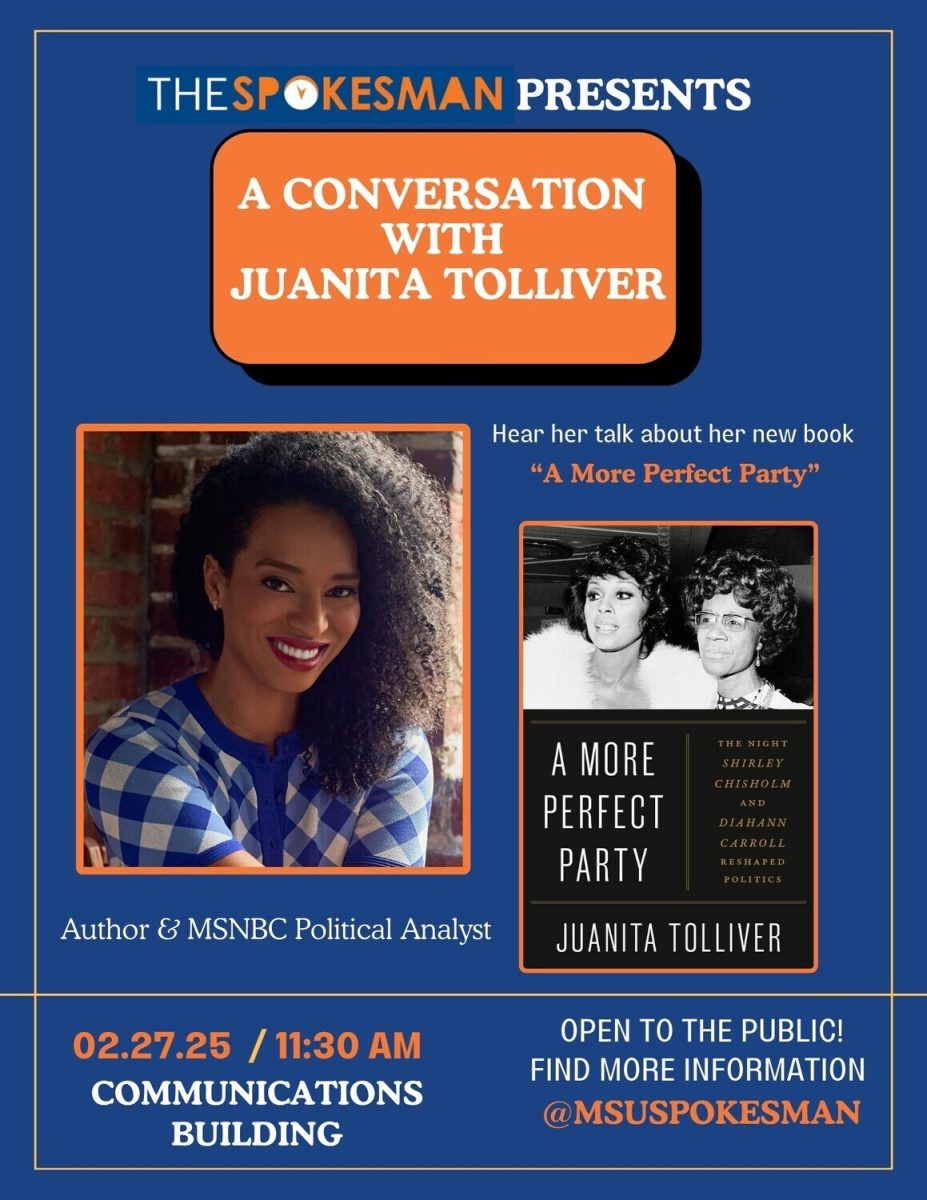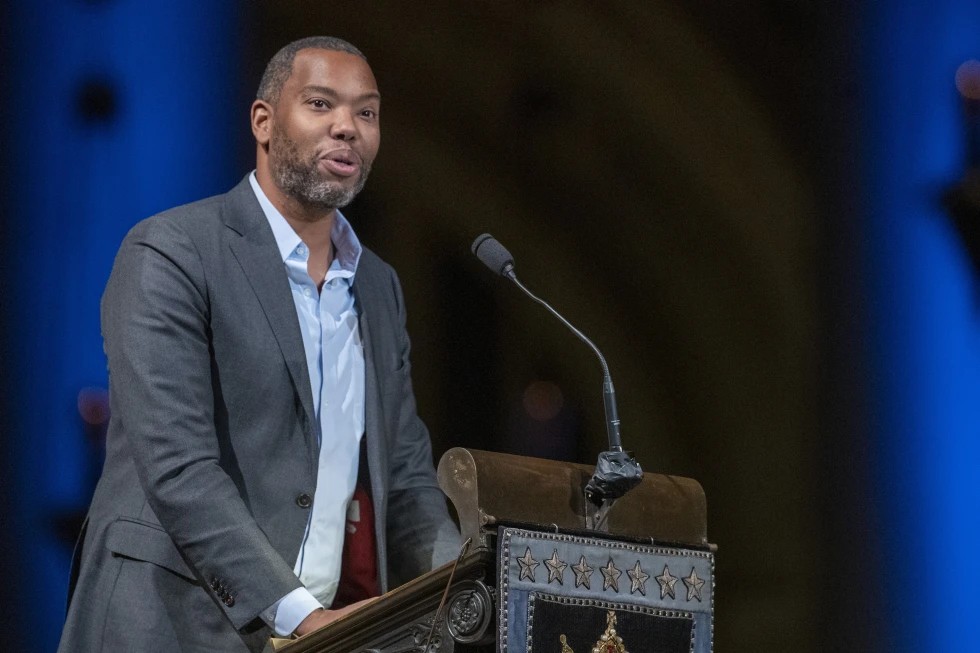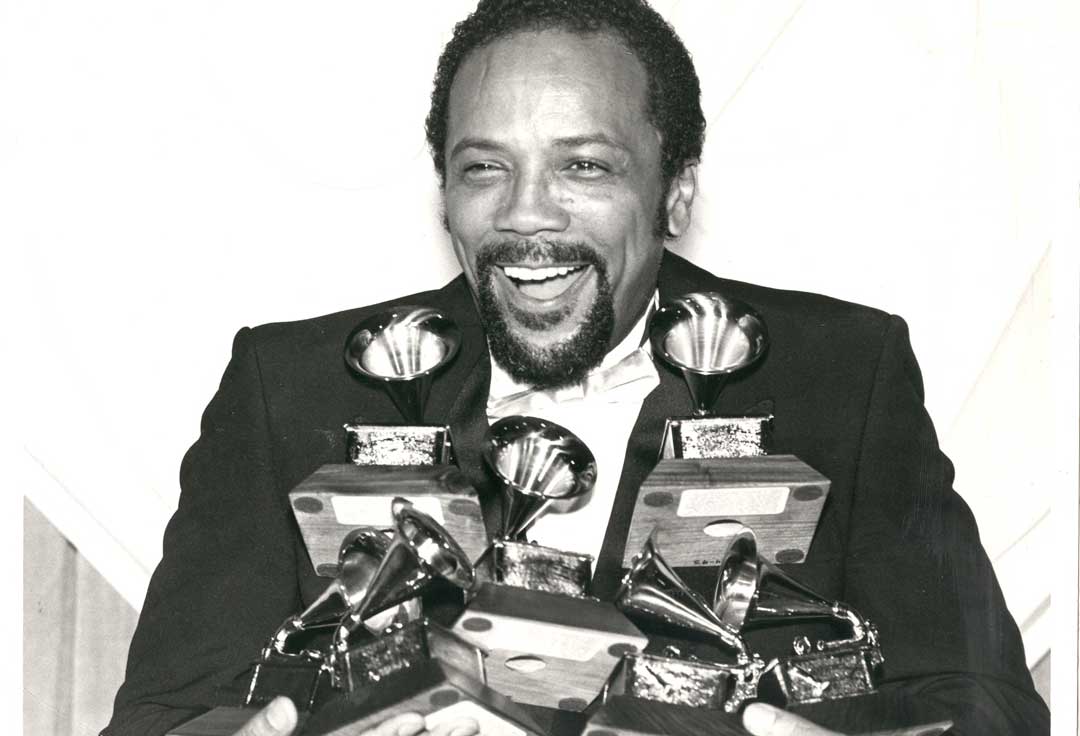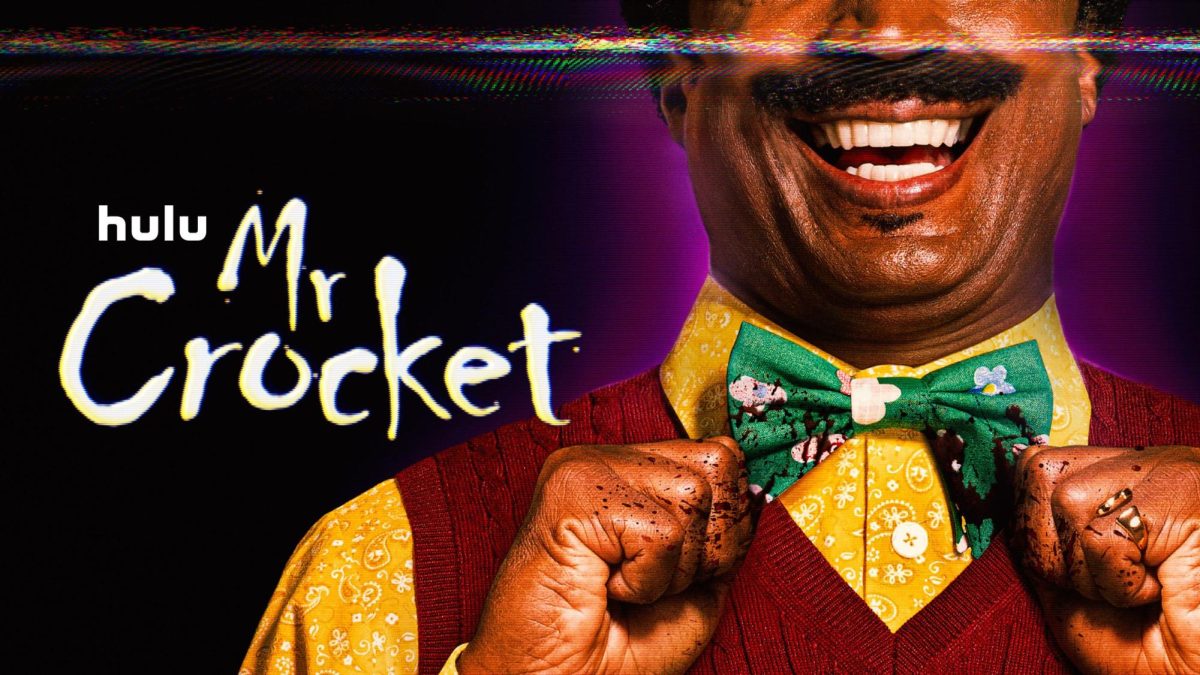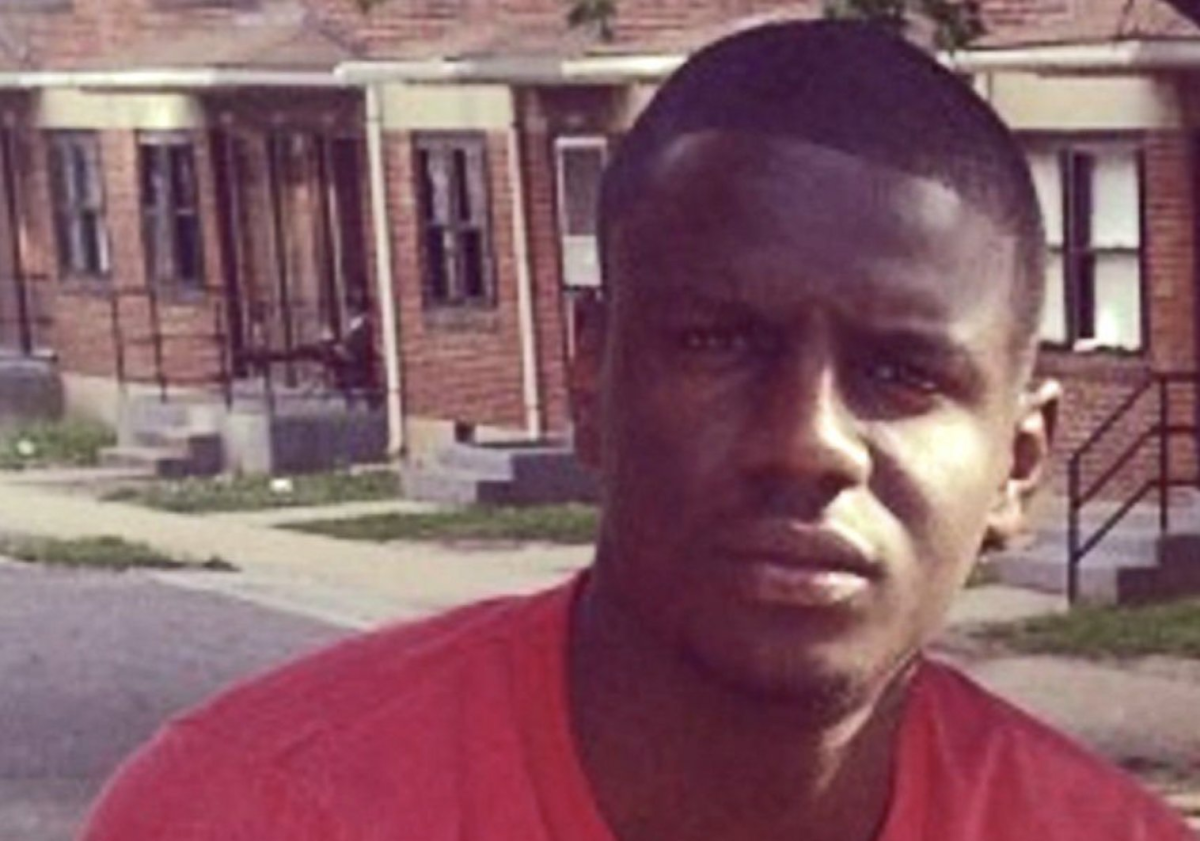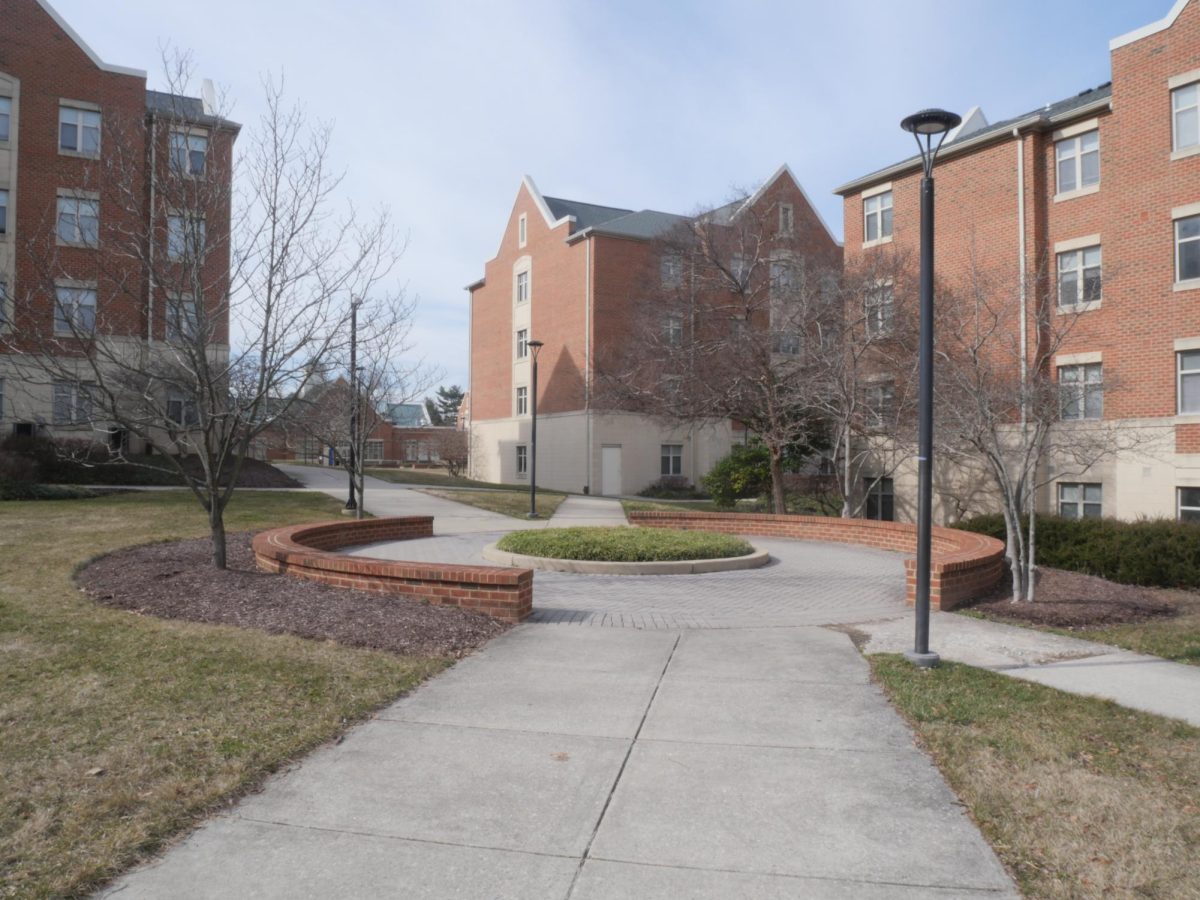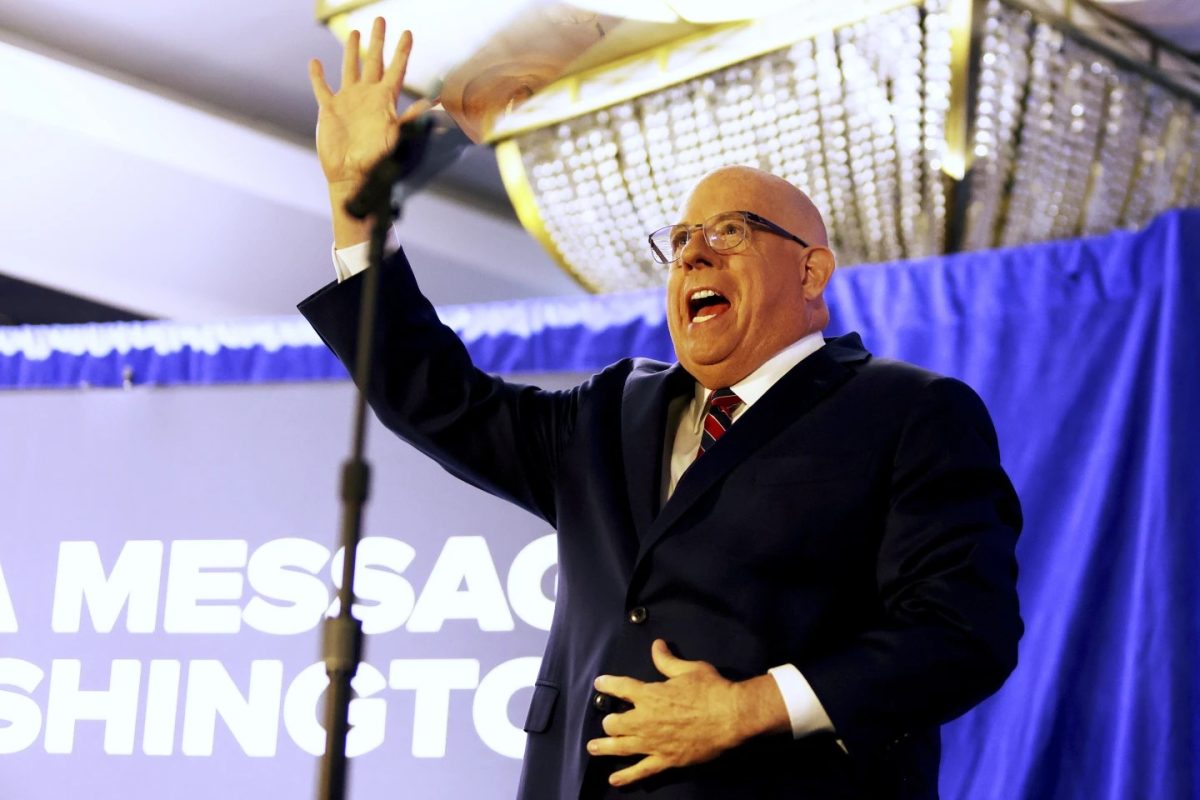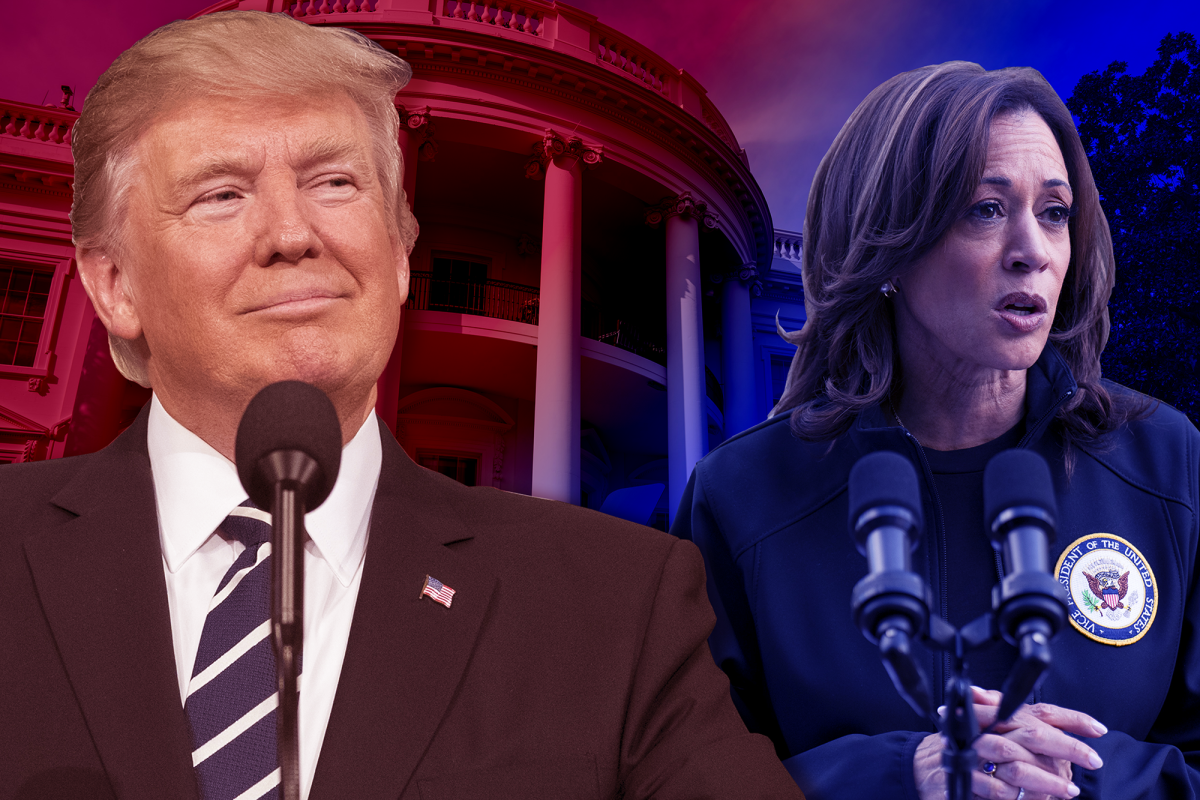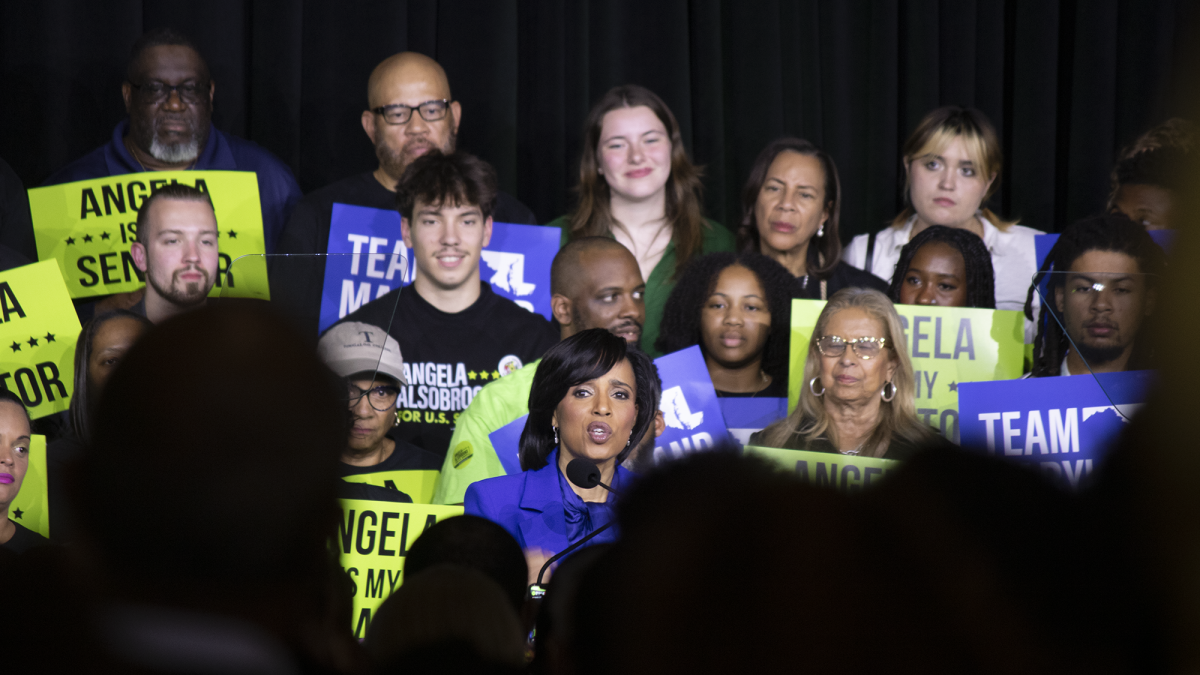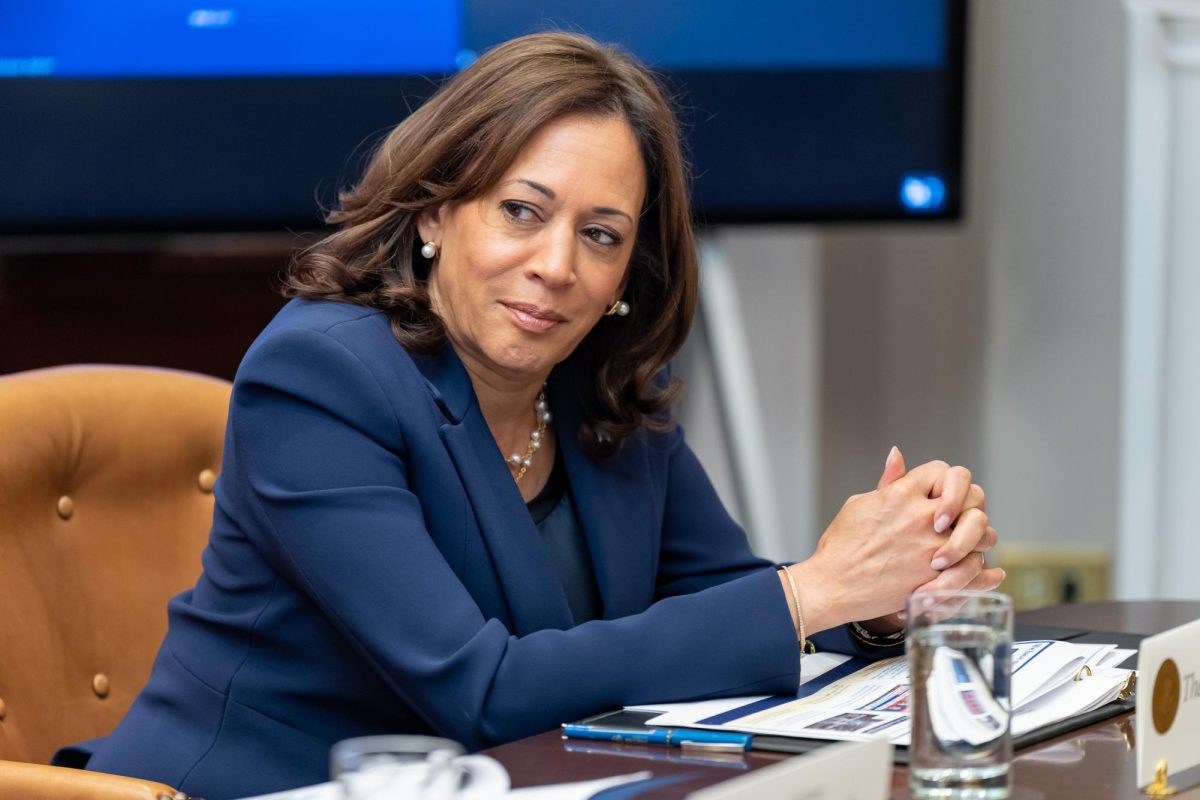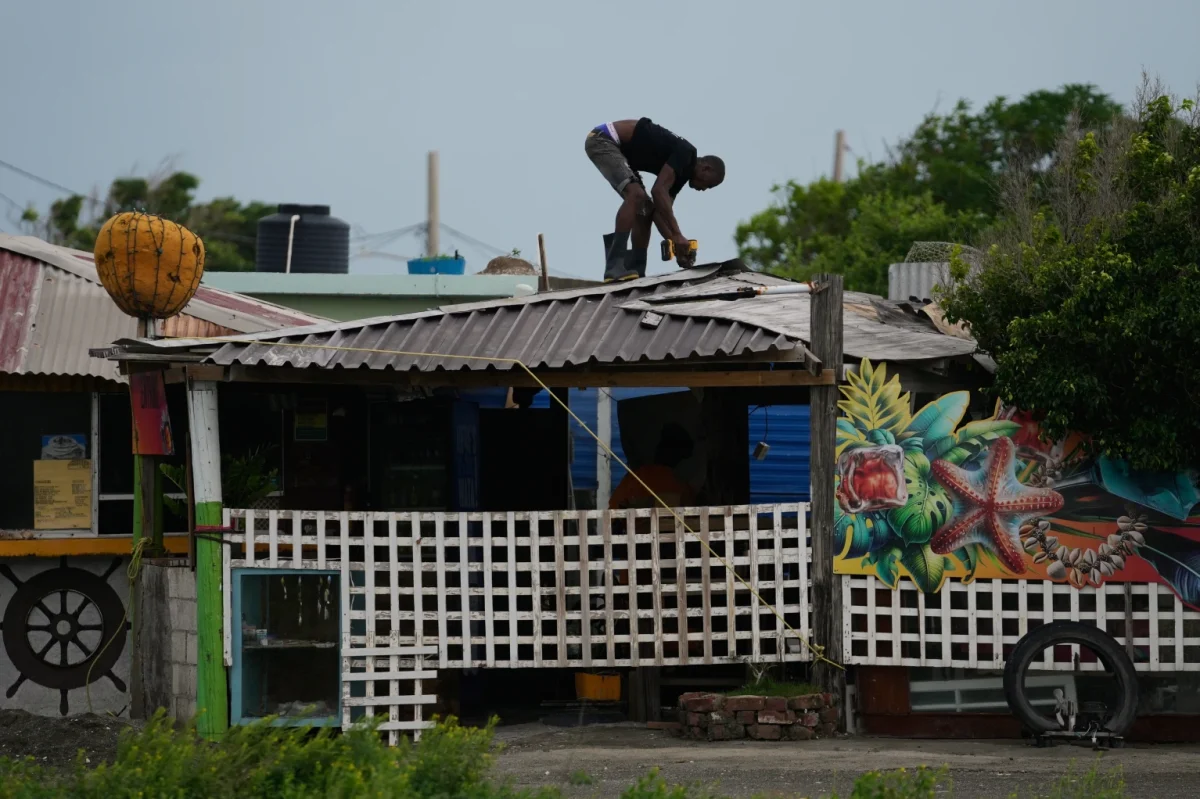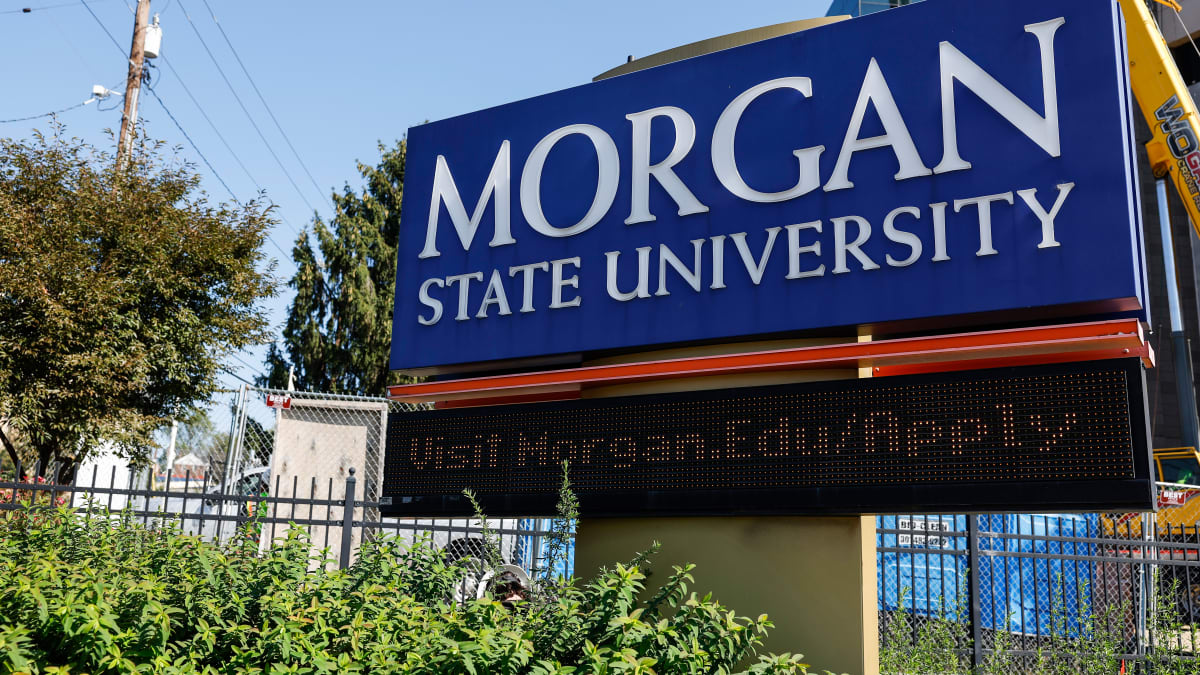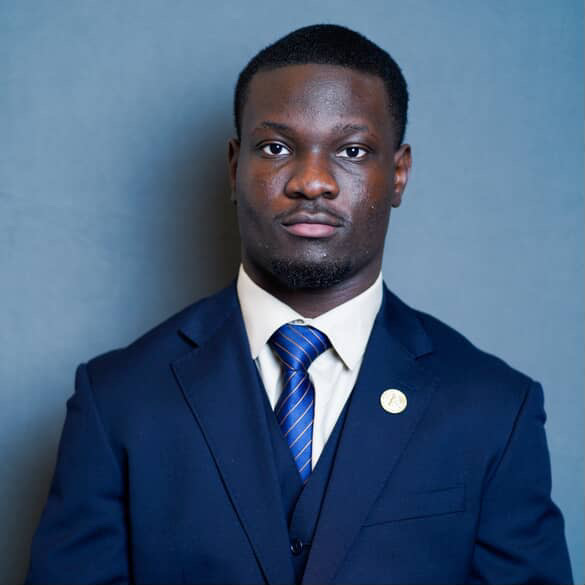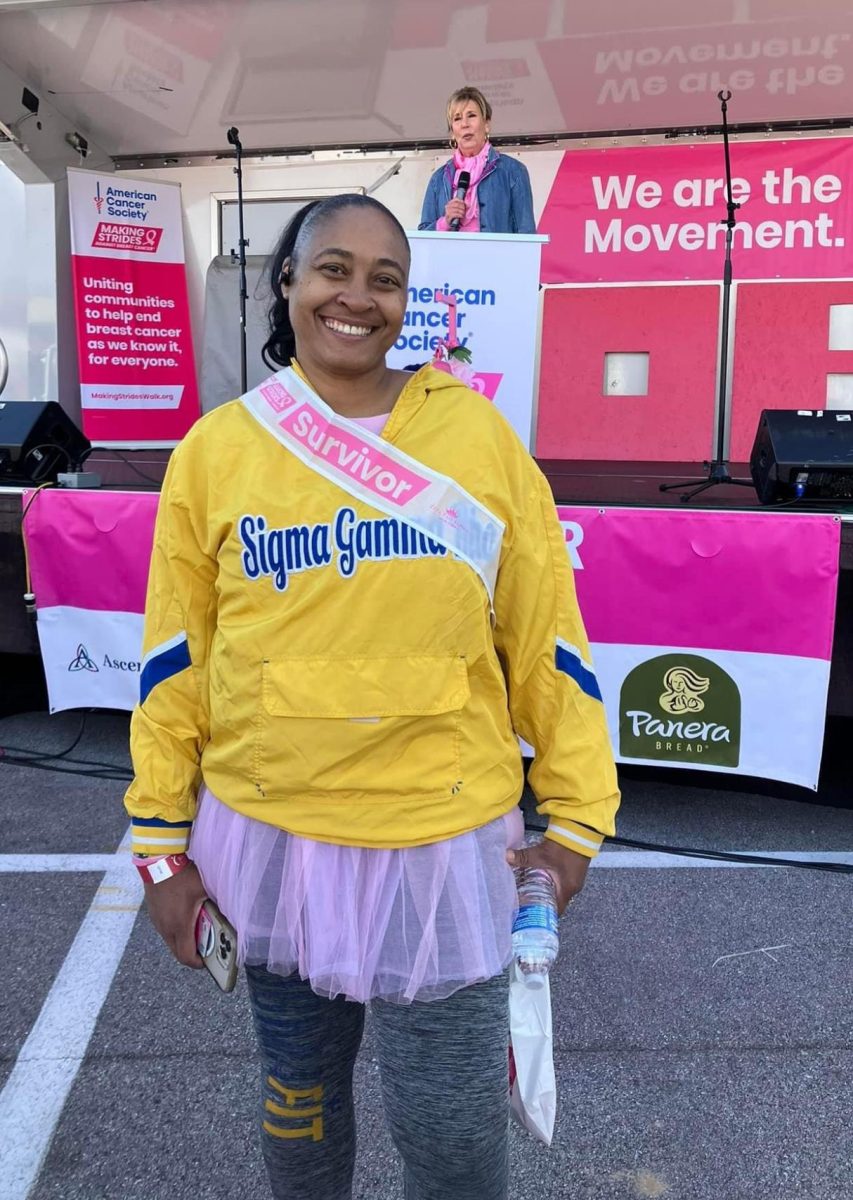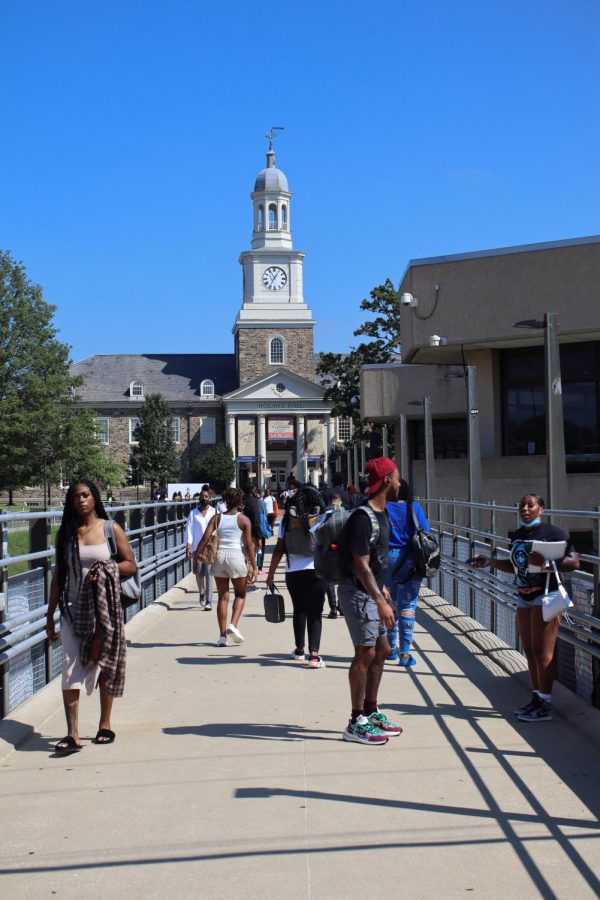Relations between the United States and Cuba have been historically hostile; decades-old economic sanctions, placed on Cuba the 1960s, have limited travel and communication between the two nations.
Americans and Cubans don’t know much about each other besides what they’ve seen in their respective media, but a group of students from Morgan State University teamed up with students from the University of Havana to put together a documentary to attempt to bridge that gap and build lasting relationships.
The documentary is called “Behind the Veil: So Far, So Close,” and it took a year—and multiple visits to the country—to put together.
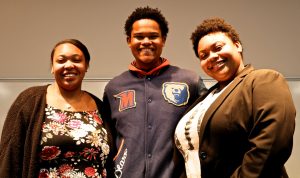
“Being from an HBCU, we didn’t have that thought that [the college students] were going to hate us, because for people of color who go to countries America doesn’t necessarily get along with, the experience can be a little different,” explained Kendra Hawkins, a Morgan alumna, who went on the trip twice. “They are some of the most educated, innovative people that we’ve ever seen.”
Putting the project together quickly became a learning process in itself.
“Things went really fast; we barely knew what sleep was,” Hawkins said. “You don’t always get to go back and get shots; there are certain things that are going on certain days that you can’t ask them if they can do again, because that’s not something they can do.”
“You quickly learn that you have to be able to communicate and talk to people face-to-
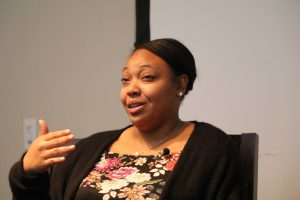
face,” explained Simone Benson, a senior, multimedia journalism major. “You can’t get upset that time isn’t going as fast as it goes in America. Things are different there; traditions are different there.”
The film included segments where the Cuban students shared their perceptions of Americans, a conversation on the role Cuban journalists have to continue the revolution and Cuban students’ time in America, in which they toured the city of Baltimore and Morgan state’s campus.
Duane Saunders Jr., a Morgan alumnus who edited most of the film and has worked on international projects since graduating in 2016, said he loved every second of the journey.
“I really didn’t have a strong stereotype or expectation other than being ready to learn about their way of life, and how they do things day-to-day,” Saunders said. “It was something I can truly appreciate; it was a wonderful experience. We were able to go down there with a game plan, execute something wonderful and do something we’re excited to premiere with you and with them.”
Saunders said the project will be presented to the Cuban students at the University of Havana next week.


